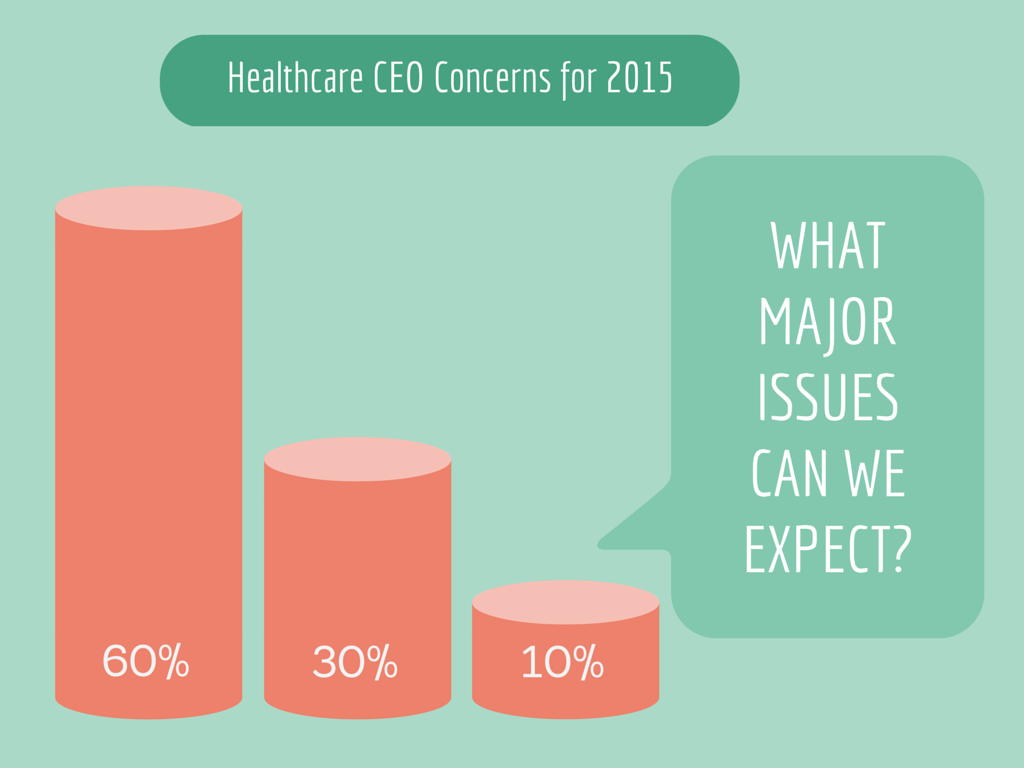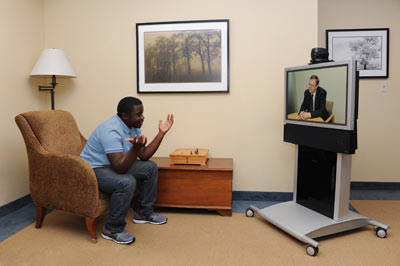5 Factors that Decrease Hospital Readmissions
No hospital will ever achieve a zero readmission rate--nor would they want to, as it may be an indicator of poor quality of care. However, there are many factors that lead to higher readmission rates--some of which can be avoided or at least more properly managed. In today's post, we'll discuss some of those factors as well as how they can be addressed.










